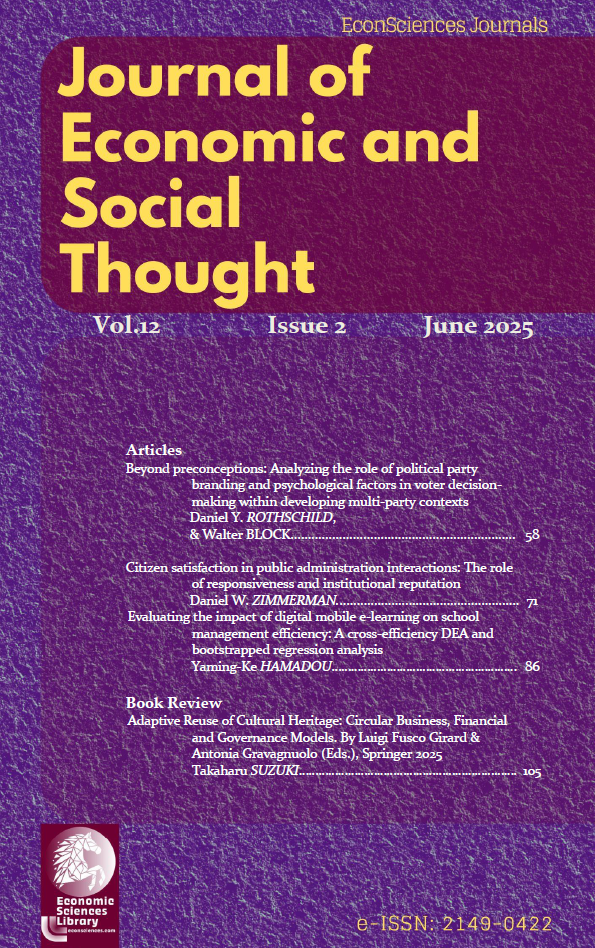Abstract
This edited volume presents the key findings of the Horizon 2020 CLIC (Circular models Leveraging Investments in Cultural Heritage Adaptive Reuse) research project, addressing the urgent need to integrate cultural heritage conservation with sustainable development goals and the circular economy. Rooted in ecological economics, the book establishes Adaptive Reuse (AR) of abandoned heritage as a pivotal strategy to circularize flows of energy, materials, and human capital, thereby prolonging the lifespan and leveraging the "intrinsic value" of historic assets. The core contribution is the systematic development and testing of innovative, multi-dimensional models across four European pilot cities. These include a Circular Human-Centred Impacts Assessment Framework, multicriteria Decision Support Systems (DSS) , and adaptable Circular Business, Financial, and Governance Models. The analysis strongly advocates for a shift from state/market-centric approaches to a new circular governance model founded on multi-stakeholder collaboration, trust, and the central role of "third sector" and community-based initiatives in fostering "circular symbiotic cultural ecosystems". The book serves as a vital blueprint for policymakers and professionals seeking to implement resource-efficient and socially inclusive heritage regeneration in the context of global ecological challenges.
Keywords. Cultural Heritage Adaptive Reuse (AR); Circular Economy (CE); Ecological Economics; Circular Governance and Finance; Multi-criteria Decision Analysis.
JEL. L51; R58; Q57; O31; Z11.

This work is licensed under a Creative Commons Attribution-NonCommercial 4.0 International License.
